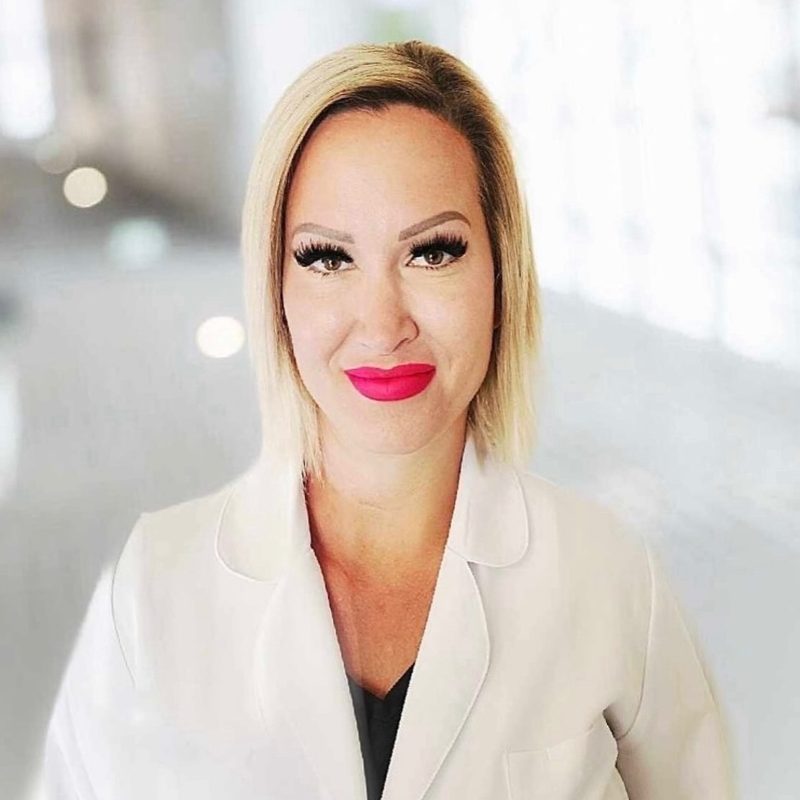Helping non-verbal children find their voice
Voice Steps is a compassionate, evidence-informed approach led by Jen Seay, PMHNP-BC. We support non-verbal autism while also treating seizures, anxiety, and related challenges — so kids can make meaningful progress toward communication.
Meet Jen Seay, PMHNP-BC
Jen is a board-certified Psychiatric Mental Health Nurse Practitioner who focuses on children with autism — especially those who are non-verbal — and co-occurring conditions such as seizures and anxiety. Her care style is calm, clear, and collaborative: she listens to families, reviews history carefully, and creates a stepwise plan that balances benefits and risks.
- Comprehensive intake and history review
- Medication management where appropriate
- Coordinated behavioral and communication supports
- Clear follow-ups and progress tracking
* Exact services depend on licensure and local regulations. We’ll discuss what’s appropriate for your child at the first visit.

Credentials & Focus
• PMHNP-BC (Psychiatry) • Autism, seizures, anxiety • Family-centered, practical plans
What is Voice Steps?
Voice Steps is a focused care pathway for families of non-verbal children with autism. We combine thoughtful medication management with communication-forward strategies to create the conditions for progress.
- Addresses co-occurring issues (seizures, anxiety) that can block communication
- Pairs medical treatment with practical, daily communication attempts
- Tracks small wins so families can see forward motion
Who can it help?
Children with autism who are non-verbal or minimally verbal, with or without seizures or significant anxiety. We partner closely with parents and existing therapists.
- Non-verbal / minimally verbal autism
- Seizure disorders
- Anxiety impacting behavior/learning
What results to expect
Every child is unique, and results vary. Families often report better regulation, fewer blocks from seizures/anxiety, and more opportunities for communication attempts. Our goal is to increase conditions where words and connection can emerge.
“We finally saw little wins stacking up. Jen’s calm approach and clear plan gave us hope.”
— Parent of a 7-year-old
How treatment works
- Thoughtful assessment — history, prior evaluations, seizure control, anxiety patterns, sleep, GI, and triggers.
- Plan options — medication where appropriate, safety and side-effect education, coordination with therapies.
- Communication-forward routine — daily, low-pressure attempts (gestures, PECS/AAC, vocal play) while medical issues are stabilized.
- Measured follow-ups — adjust what’s working, track small wins, and support the family.
We do not promise speech; we support the best chances for progress and celebrate communication in all forms.
FAQs (Short)
What’s the science behind non-verbal autism?
Multiple pathways can be involved (neurodevelopment, genetics, seizures, regulation). We tailor care to your child’s history and needs.
Do you treat seizures and anxiety too?
Yes — seizure control and anxiety reduction can open space for communication practice.
Is there a 12-month program?
Yes — the program spans 12 months with periodic follow-ups. Medication is typically covered by insurance.
Is medication always required?
No. We discuss options together and choose what fits your goals and your child’s profile.
Book an appointment
Choose a consult to learn whether Voice Steps is right for your child. Telehealth options available in all states.
Pricing: $250 per visit (out-of-pocket). Program length: 12 months. Medication: typically covered by insurance.*
- New family consult (45–60 min)
- Follow-up (20–30 min)
* Coverage varies by insurer and state. We’ll review details with you.
Contact & Service Area
Email: VoiceSteps143@gmail.com
Phone: 941 326 8212
Telehealth: Available in all states
Urgent or emergency concerns should go to local emergency services. This site is informational and not medical advice.
Five Key Questions (Parent Guide)
- What is the genetic/neurologic basis of being non-verbal? — Several pathways can affect speech and regulation. We focus on the profile, not labels.
- How does Voice Steps address it? — Stabilize medical blockers (seizures, anxiety), then build consistent communication opportunities.
- What else do you treat? — Seizures, anxiety, and related behavioral challenges impacting learning.
- Who benefits most? — Non-verbal or minimally verbal children with autism; especially where seizures/anxiety are present.
- What outcomes are realistic? — Better regulation, more attempts, and clearer paths for connection; speech progress varies by child.